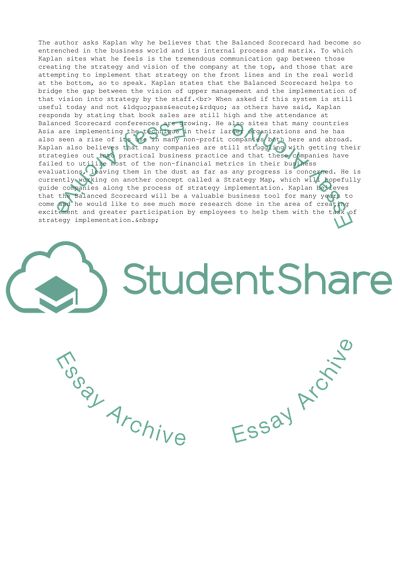Cite this document
(Financial Counseling and Planning Article Example | Topics and Well Written Essays - 1250 words, n.d.)
Financial Counseling and Planning Article Example | Topics and Well Written Essays - 1250 words. Retrieved from https://studentshare.org/business/1572085-llb
Financial Counseling and Planning Article Example | Topics and Well Written Essays - 1250 words. Retrieved from https://studentshare.org/business/1572085-llb
(Financial Counseling and Planning Article Example | Topics and Well Written Essays - 1250 Words)
Financial Counseling and Planning Article Example | Topics and Well Written Essays - 1250 Words. https://studentshare.org/business/1572085-llb.
Financial Counseling and Planning Article Example | Topics and Well Written Essays - 1250 Words. https://studentshare.org/business/1572085-llb.
“Financial Counseling and Planning Article Example | Topics and Well Written Essays - 1250 Words”, n.d. https://studentshare.org/business/1572085-llb.


